Across the world, the changing climate is no longer a distant threat; it is reshaping lives today. From farmers in the Sahel watching their fields dry up, to coastal families in Southeast Asia rebuilding after rising tides, the story is the same: the planet’s most vulnerable are facing the sharp edge of a crisis they did not create.
As world leaders gather at COP30 in Brazil, the message is clear: reducing emissions alone will not be enough. Building resilience and supporting adaptation must now stand at the heart of the global response. The question for the world’s leaders is not if we act, but how fast and how fairly.
Nowhere is this urgency clearer than across Africa. The World Meteorological Organisation’s State of the Climate in Africa 2024 report warns that extreme weather and climate change are worsening hunger, displacement, and insecurity. Nine of the 10 most vulnerable countries to climate shocks are in Africa. Agriculture, the backbone of livelihoods, is increasingly at risk from drought, floods, and soil erosion.
Mozambique ranks among the world’s most climate-exposed nations, facing a relentless cycle of floods, droughts, and cyclones. With most of its people relying on rain-fed agriculture, every failed season erodes livelihoods and resilience. Without stronger adaptation, key crops like maize, cassava, and rice could decline by up to 10 per cent by 2070, potentially dragging national GDP down by as much as 14 per cent by 2050.
These are not only environmental losses but also human ones; lost harvests mean lost income, interrupted schooling, malnutrition, and migration.
As the OCHA July 2025 Report, “The Cost of Inaction,” warns, “Mozambique stands at the crossroads of multiple converging crises, where the consequences of delayed or insufficient action are measured not only in financial terms, but in human lives and dignity”
Yet across Mozambique, communities are not standing still. In Nampula province, ADPP Mozambique’s MozNorte project is mobilising people to lead their own adaptation efforts, strengthening food security, managing natural resources, and restoring degraded land. More than 7,800 people, nearly half of them women, have organised into community groups to plan, act, and sustain change.
Along the coast, the Blue Future initiative is helping families turn environmental recovery into opportunity. According to ADPP Mozambique’s Annual Report 2024, more than 1,600 members of livelihood clubs planted over 80,000 mangrove seedlings, restored coastal ecosystems, and distributed 3,500 energy-efficient stoves that cut household fuel use by half. Youth have received vocational training in sustainable farming and become local environmental educators, showing that climate resilience can go hand in hand with empowerment and employment.
These are stories of resilience written not in statistics, but in mangrove roots and human hands, communities choosing survival, regeneration, and dignity over despair.
What Mozambique’s experience teaches the world is simple: adaptation is achievable when communities are trusted and supported. Schools, hospitals, and water systems must now be designed for a future where droughts and storms are the norm. Farmers need tools, drought-tolerant seeds, early warning systems, and market access that translate knowledge into resilience.
But adaptation cannot be left to local heroes alone. Mozambique, one of the world’s lowest emitters, bears an outsized burden of climate risk. For this reason, international cooperation is not an act of charity; it is a matter of justice and shared stability. The path to climate resilience must include affordable financing, technology transfer, and mechanisms that compensate the most affected when losses are unavoidable.
As the world looks to COP30, the time for half-measures is over. The window for meaningful change is closing fast, but the solutions are already visible in places like Nampula and Beira.
The crisis of climate change is also a crisis of inequality. And while African countries are acting decisively, they cannot adapt alone. Global solidarity through fair financing, technology sharing, and capacity building must bridge the gap between commitment and survival.
To governments: embed adaptation in every policy and plan.
To financial institutions: invest in resilience, not just recovery.
To the private sector: innovate with communities, not apart from them.
And to global citizens: remember that the fight for climate resilience is also the fight for equity, stability, and peace.
For Mozambique and for many others, resilience is not a luxury. It is survival. The people rebuilding mangroves, tending home gardens, and teaching neighbours about climate risk are living proof that the path to climate resilience begins with ordinary people doing extraordinary things. What the world must do now is walk beside them with fair policy, generous funding and solidarity.




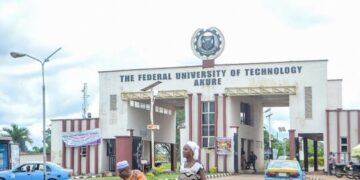


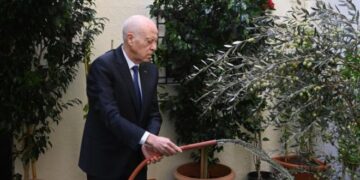



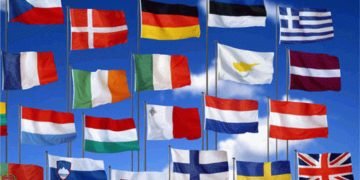








































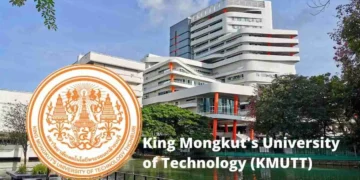




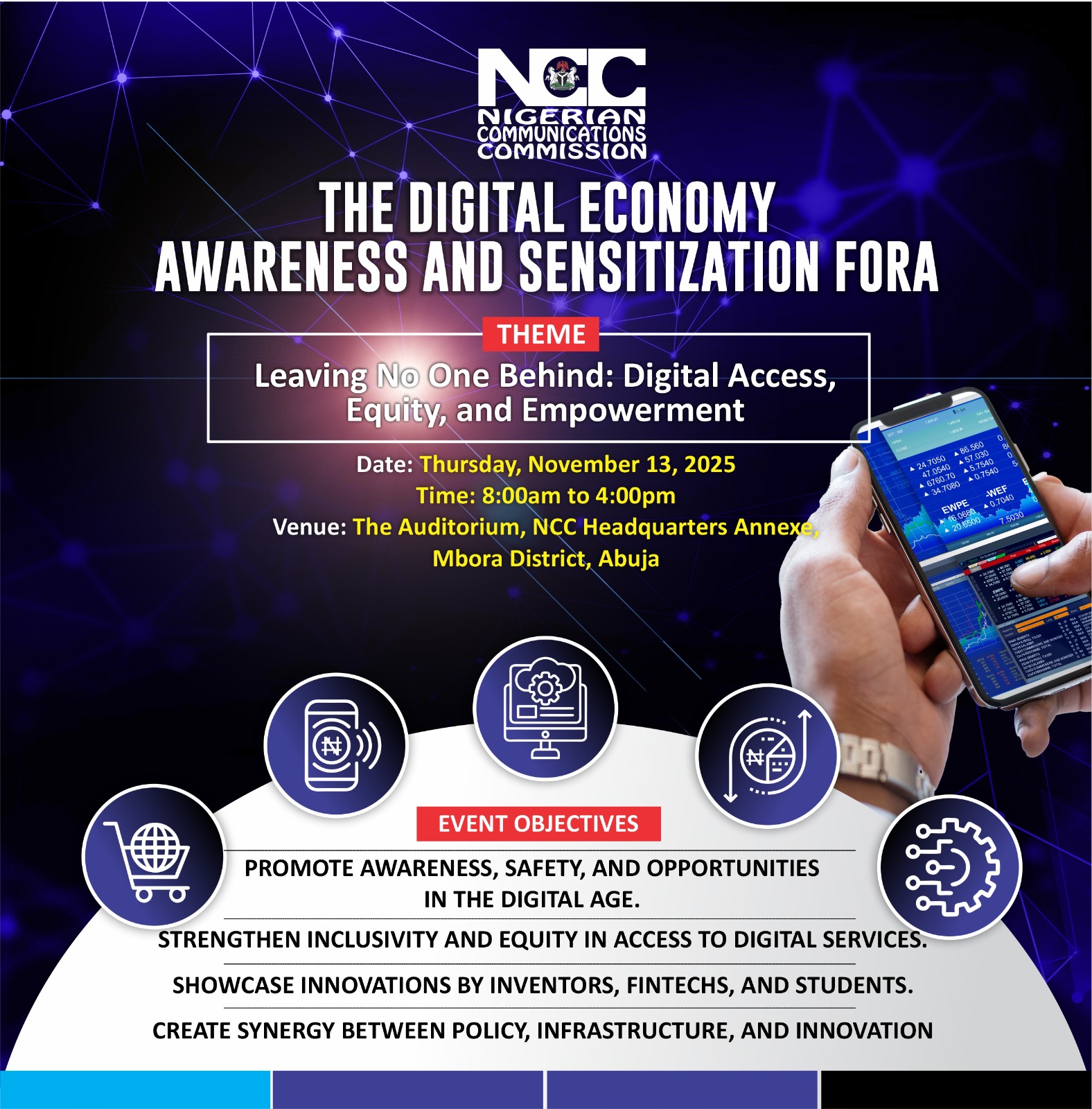
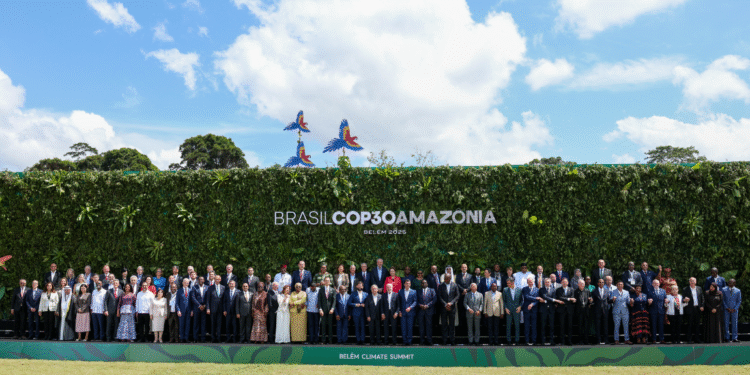
















 EduTimes Africa, a product of Education Times Africa, is a magazine publication that aims to lend its support to close the yawning gap in Africa's educational development.
EduTimes Africa, a product of Education Times Africa, is a magazine publication that aims to lend its support to close the yawning gap in Africa's educational development.

